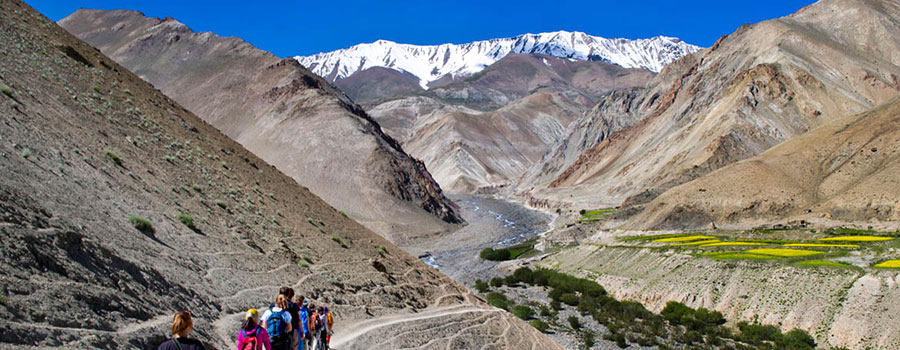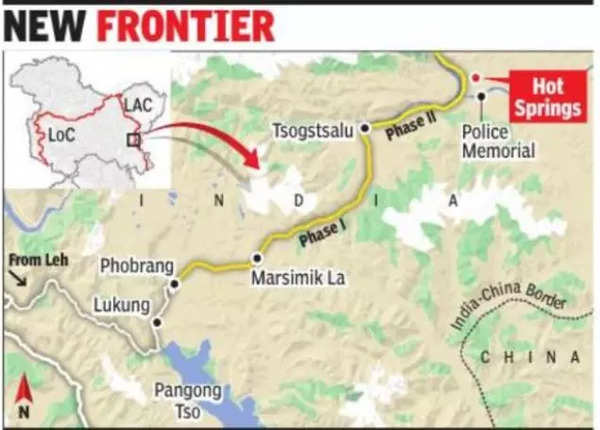Ladakh’s Forbidden Lands Defy Borders, Inspire Explorers

Indian Government Approves Access to Strategic Chang Chenmo Sector Near Ladakh’s Pangong Lake
In a bold move that challenges the ongoing border standoff with China, the Indian government has given the green light for adventure tourism in the forbidden lands of Ladakh. Soon, Indian travelers will have the opportunity to cruise their 4x4s or embark on exhilarating biking expeditions through the strategically significant Chang Chenmo sector, situated near patrolling points north of Pangong Lake in eastern Ladakh. This development marks a significant milestone as the border standoff enters its fourth year.

The opening of these scenic landscapes will occur in two phases, as per official sources. In the initial phase, tourists will be permitted to traverse the Marsimik La pass, standing tall at an impressive altitude of 18,314 feet. This route will take them up to Tsogtsalo, a picturesque pastureland located near the confluence of the Rimdi Chu and Chang Chenmo rivers. Tsogtsalo is situated approximately 160 kilometers east of Leh and is in close proximity to the Line of Actual Control (LAC) with China, running north of Pangong.
In the subsequent phase, tourists will be granted access to Hot Springs, further up from Tsogtsalu, as well as the memorial erected in honor of the 10 CRPF jawans who lost their lives on October 21, 1959, during a Chinese attack on their patrol. Notably, the Indian Army, which is typically cautious in such matters, has given its endorsement for the opening of various treks and routes, including Marsimik La, Hot Springs, and Tsogtsalo. The Army Headquarters stated, “These are the latest in a series of frontier areas the Ladakh administration wants to open for tourism in line with the Centre’s focus on border area development.”
The decision to allow tourism in these previously off-limits regions has been a long-awaited demand of the local population, who have traditionally grazed their herds in these lands. While the inner line permit system for Indians was abolished in August 2021, areas close to the disputed parts of the LAC remained restricted for visitors.
Remarkably, the necessary clearance for this development was swiftly obtained following two meetings between local Army officials and top administration representatives in December 2022. The administration had initially aimed to open the areas in April, but a change in leadership within the local formation slowed down the process. However, the Army, acknowledging the need for proper civil infrastructure and support systems, expressed its concerns and conditions regarding the opening of these regions.
Preparations have been underway since January to accommodate tourists, with plans in place for the construction of toilets, selfie points, and medical centers. The Border Roads Organization, with district funding, has been enlisted for the construction efforts, while the police are ready to establish checkpoints. Earlier this month, Tourism Secretary Kacho Mehboob Ali Khan personally visited the Galwan Valley, situated beyond Hot Springs, as well as other areas, to assess the feasibility of allowing tourists.
The Ladakh administration’s endeavor to open these frontier areas aligns with the Center’s focus on the development of border regions. Simultaneously, it addresses the longstanding aspirations of the locals to explore and utilize these lands. Although the inner line permit system has been abolished, the opening of areas near the disputed parts of the LAC remained a contentious issue.
With this decision, adventurous souls will soon have the opportunity to immerse themselves in the majestic beauty of Ladakh’s forbidden lands, defying the border standoff that has persisted for years. As the region prepares to welcome tourists, it symbolizes a glimmer



